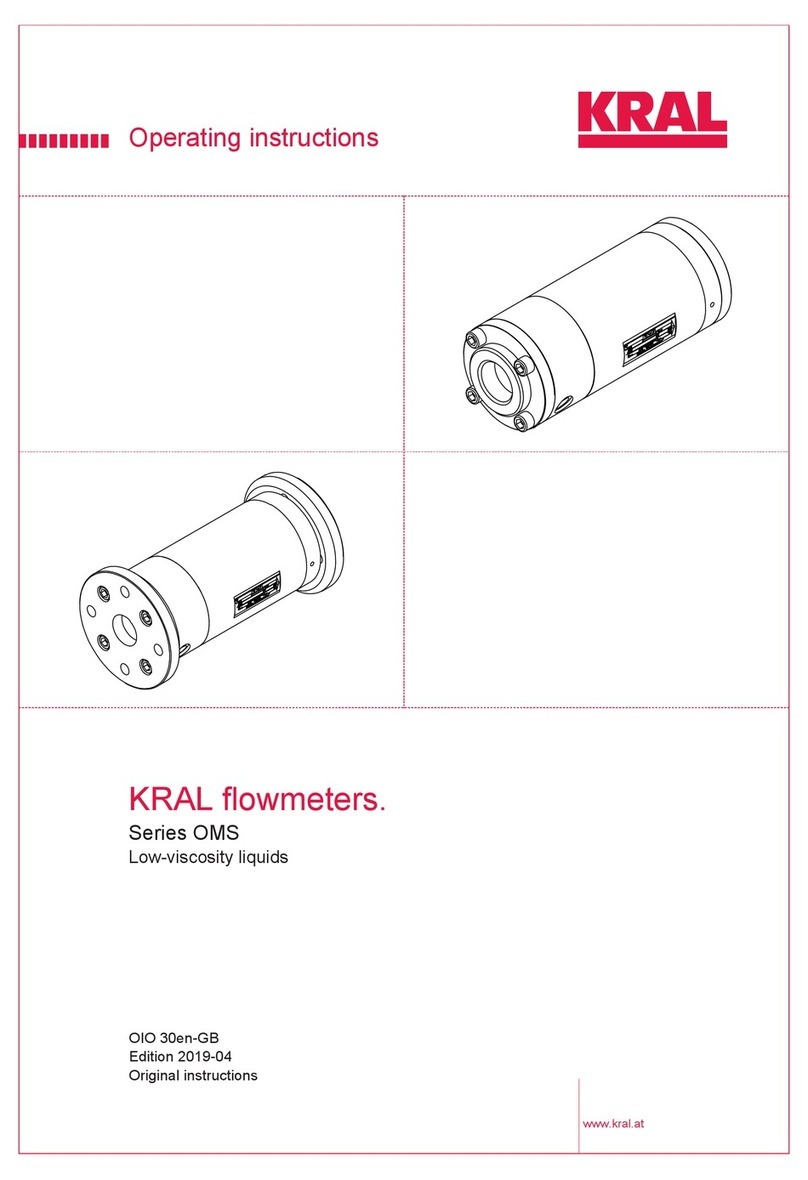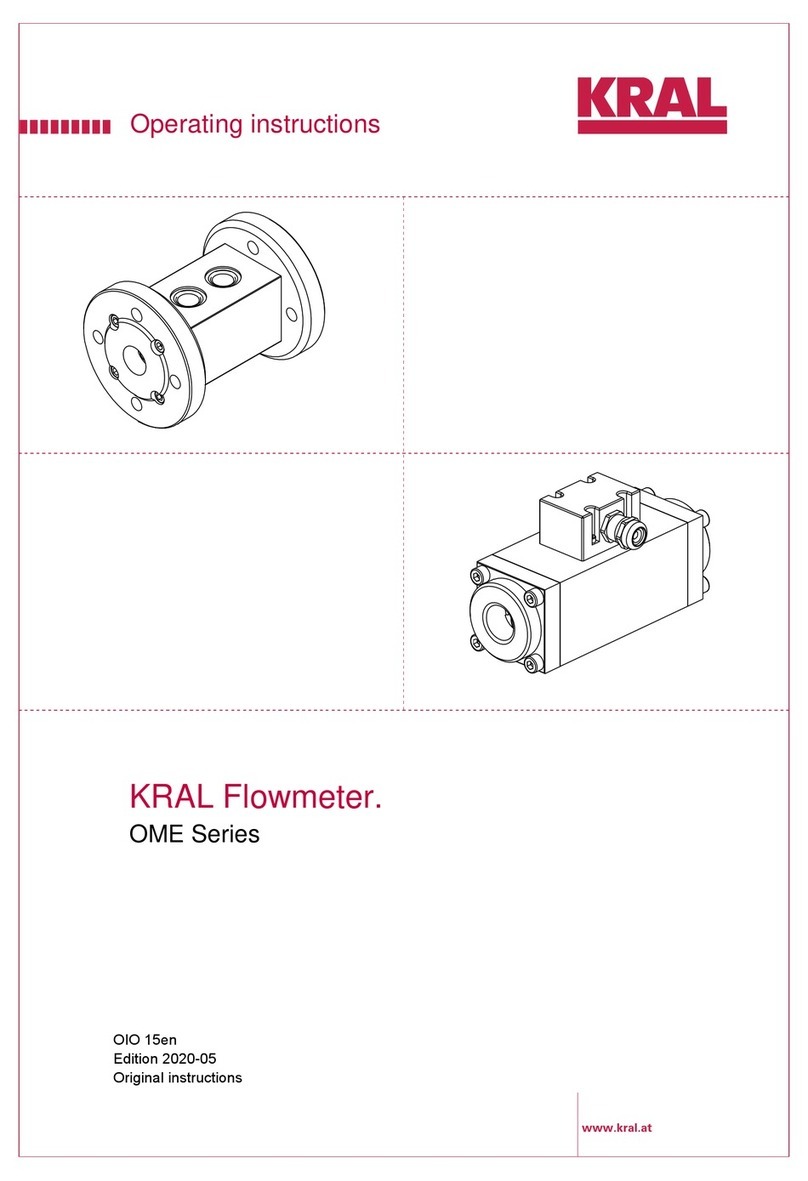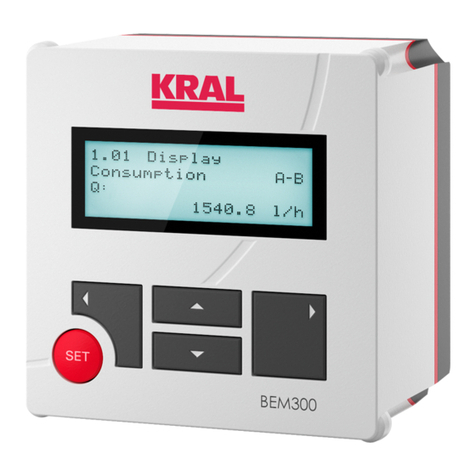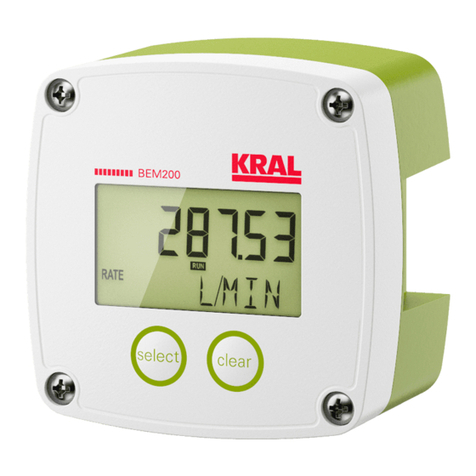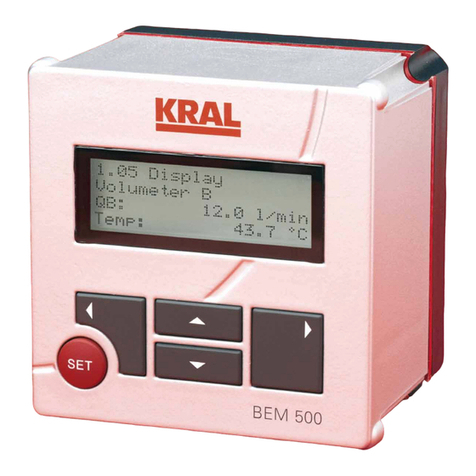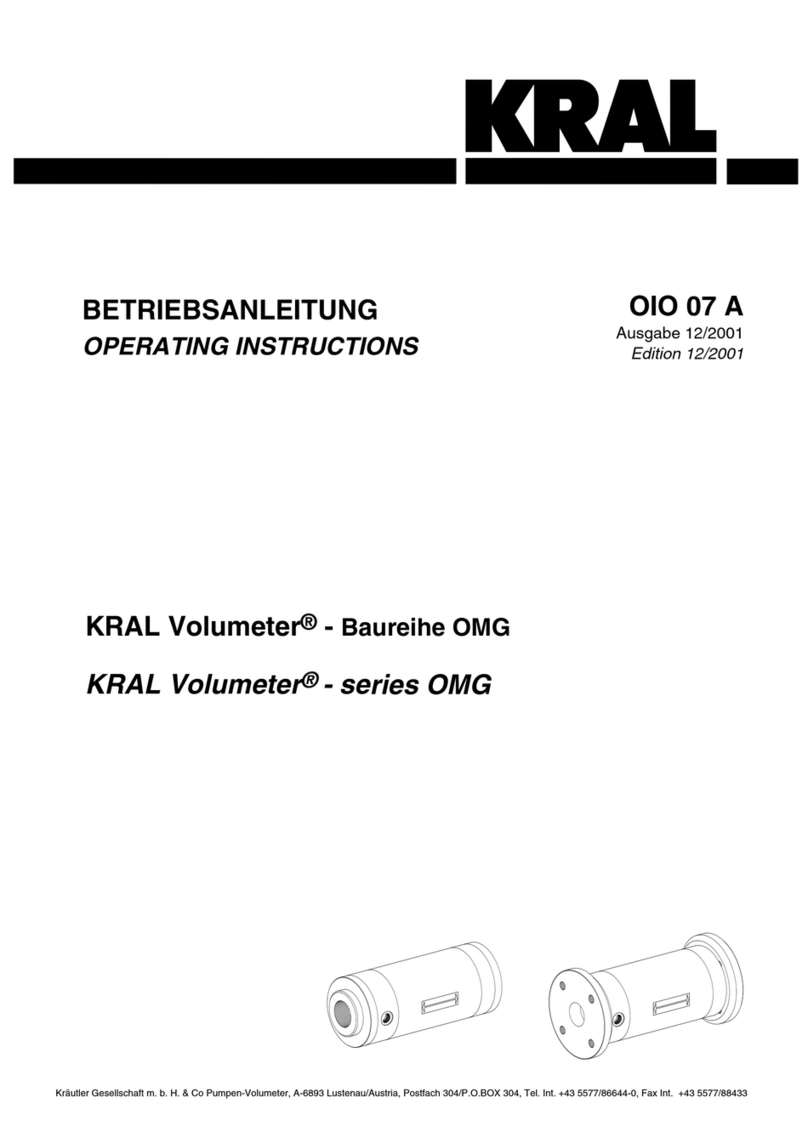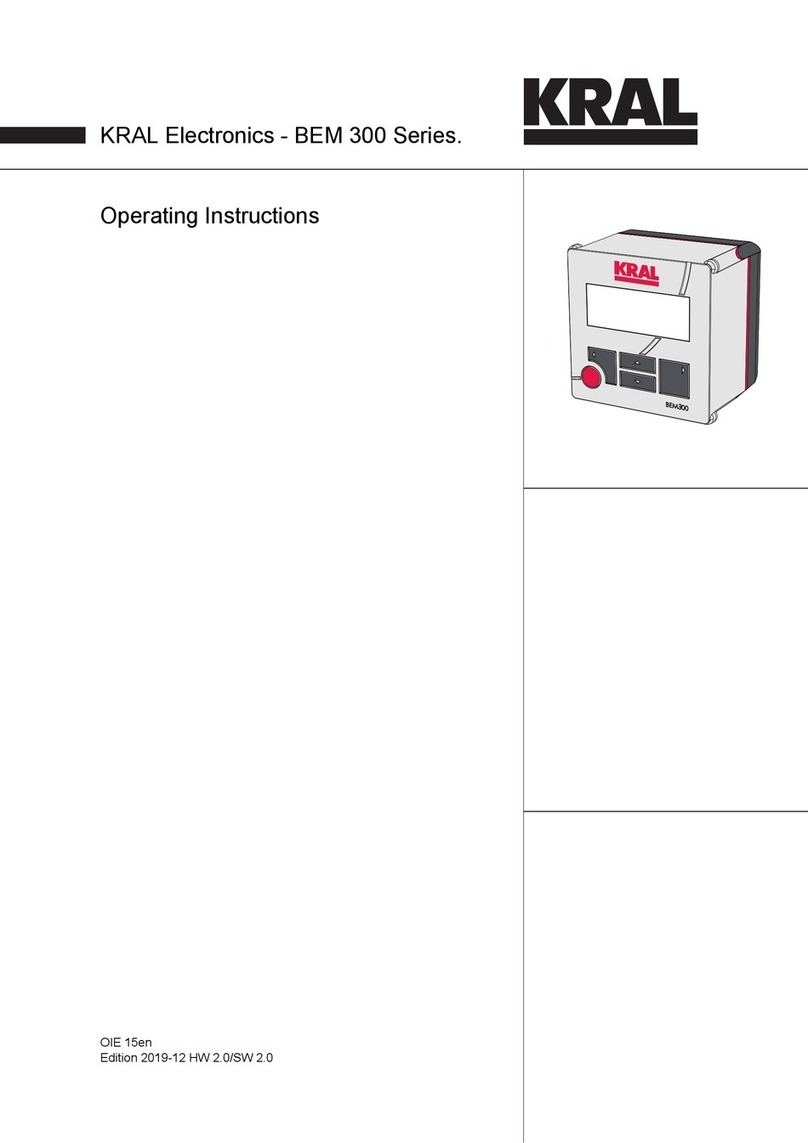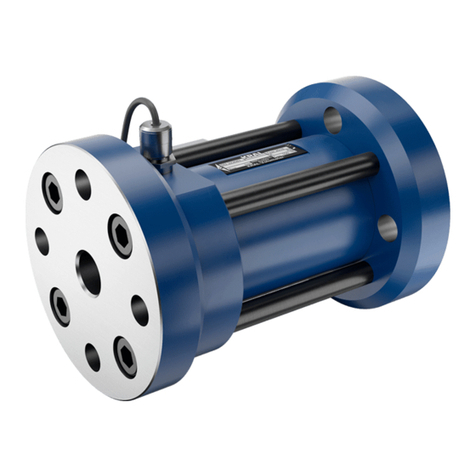
Table of contents
1 About this document ..................................................... 4
1.1 General information .......................................................4
1.2 Target groups ................................................................4
1.3 Symbols.........................................................................4
1.3.1 Danger levels ....................................................4
1.3.2 Danger signs.....................................................4
1.3.3 Symbols in this document .................................5
1.4 Associated documents ..................................................5
2 Safety .............................................................................. 5
2.1 Proper use .....................................................................5
2.2 Foreseeable misuse ......................................................5
2.3 Obligations of the operator-owner .................................6
2.4 Safety instructions .........................................................6
2.4.1 Fundamental safety instructions .......................6
3 Identification................................................................... 7
3.1 Type code......................................................................7
3.2 Rating plate ...................................................................7
4 Technical data ................................................................ 8
4.1 Operating limits..............................................................8
4.2 Pressure pulsation.........................................................8
4.3 Maximum values............................................................8
4.4 Substitute operating data...............................................9
4.5 Sound pressure level.....................................................9
4.6 Dimensions and weights................................................9
4.6.1 OME with compact sensor (BSPP thread)........9
4.6.2 OME with Smart Solution electronic unit
(BSPP thread).................................................10
4.6.3 OME with compact sensor (DIN flange)..........10
4.6.4 OME with Smart Solution electronic unit
(DIN flange).....................................................11
4.7 Compact sensor specification......................................12
4.8 Smart Solution electronic unit specification .................12
5 Function description.................................................... 13
5.1 Structure ......................................................................13
5.2 Functional principle......................................................13
5.3 Rolling bearings...........................................................13
5.4 Signal generation.........................................................13
5.5 Linearization ................................................................14
5.6 Compact sensor ..........................................................14
5.7 Smart Solution electronic unit......................................14
6 Transportation, storage............................................... 14
6.1 Dangers during transportation .....................................14
6.2 Dangers during storage ...............................................14
6.3 Unpacking and checking the state of delivery .............14
6.4 Transporting flowmeters ..............................................15
6.5 Storing the flowmeter...................................................15
7 Preservation ................................................................. 16
7.1 Preservation table........................................................16
7.2 Preserving the inner surfaces......................................16
7.3 Preserving the outer surfaces......................................16
7.4 Removing the preservation..........................................16
8 Installation, removal .................................................... 17
8.1 Dangers during installation ..........................................17
8.2 Dangers during removal ..............................................17
8.3 Installing the flowmeter ................................................17
8.3.1 Protecting the flowmeter against soiling ..........17
8.3.2 Installation types..............................................18
8.3.3 Installation recommendation............................19
8.3.4 Installing the flowmeter....................................20
8.4 Removing the flowmeter ..............................................20
9 Connection.....................................................................21
9.1 Dangers during connection work .................................21
9.2 Connecting the flowmeter to the pipe system ..............21
9.3 Connecting the flow meter electrically .........................22
10 Operation........................................................................22
10.1 Dangers during operation ............................................22
10.2 Commissioning ............................................................22
10.2.1 Cleaning the pipe system ................................22
10.2.2 Checking the function ......................................23
10.2.3 Commissioning the flowmeter .........................23
10.3 Decommissioning.........................................................24
10.3.1 Switching off the flowmeter..............................24
10.4 Recommissioning.........................................................24
10.4.1 Recommissioning the flowmeter......................24
11 Maintenance...................................................................24
11.1 Required maintenance.................................................24
11.2 Maintaining flowmeters ................................................25
11.3 Recalibration of the flowmeter .....................................25
12 Servicing ........................................................................25
12.1 Dangers during servicing .............................................25
12.2 Flowmeter ....................................................................26
12.2.1 Removing seals and ball bearings...................26
12.2.2 Installing seals and ball bearings.....................27
12.3 Compact sensor...........................................................28
12.3.1 Removing the sensor insert.............................28
12.3.2 Installing the sensor insert...............................28
12.3.3 Check the function of the compact sensor ......29
12.4 Smart Solution electronic unit ......................................30
12.4.1 Removing the Smart Solution electronics unit
.........................................................................30
12.4.2 Installing the Smart Solution electronics unit...31
12.4.3 Testing the Smart Solution electronics unit .....31
13 Disposal..........................................................................32
13.1 Dangers during disposal ..............................................32
13.2 Dismantling and disposing of the flowmeter ................32
14 Troubleshooting ............................................................32
14.1 Possible faults..............................................................32
14.2 Troubleshooting ...........................................................33
15 Spare parts.....................................................................35
15.1 Maintenance kit OME 13 - 52 ......................................35
15.2 Sensor insert for compact sensor ................................35
15.3 Smart Solution electronic unit ......................................36
16 Accessories ...................................................................36
16.1 Trace heating ...............................................................36
17 Appendix ........................................................................37
17.1 Tightening torques for screws with metric screw
threads with and without wedge lock washers.............37
2OIO 20en-GB Edition 2022-01 Operating instructions
